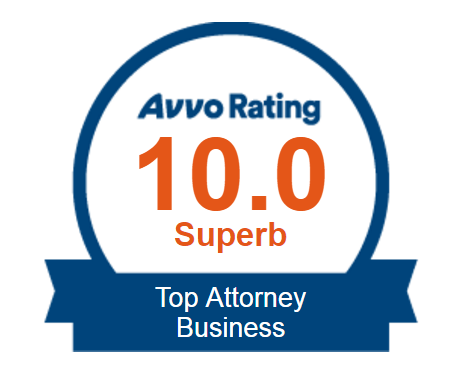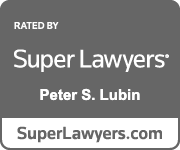Elements of a Copyright Infringement Claim
Copyright law grants to owners a set of exclusive rights for a limited, but lengthy, time period. These exclusive rights include the right to copy and distribute the work, to make derivatives [see our discussion on derivative work here], and to display or perform a work in public.
If a person without permission exercises these rights, they may be liable for infringement if the owner has registered the copyright with the US Copyright office.
In an action for copyright infringement, the plaintiff must prove 1) ownership or of a valid copyright; and 2) that the defendant copied constituent constituent elements of the original work without permission.
The plaintiff must own all or some of the copyright to sustain a claim for infringement action. For example, a work made for hire is actually owned by the employer, not the creator. Briefly, if there is a properly drafted and enforceable Work for Hire contract, then employees or independent contractors do not own the copyrights to works they create if someone else has hired that person. The application of “work made for hire” is often neither always clear or easy. Independent contractors may already created the work and had a copyright before assigning it to a person who commissions the work as part of a broader business arrangement or contract. There are also different rights that can be assigned or contracted for, with exclusions for licenses, etc.
Licensing of a copyright is the contractual act of giving someone else a right to use all or some of a work but the owner retains ownership. Licensing agreements can be powerful. A classic example is the open-source software movement. The idea of open-source software is that programmers have free access to the source code used in software. With this access, programmers can fix bugs, share ideas, or adapt the software to individual needs. Most open-source software licenses require the user of the original source code to make any modifications publicly available, in exchange for use of the previously developed work. That type of arrangement propagates the work, in derivative form and directly addresses the public policy of promoting creativity.
Once the plaintiff has established a validly owned copyright not made for hire, assigned or licensed, the next element of the lawsuit to prove infringement is proof that there has been copying of the main or constituent elements of the work. Theoretically, two people could make an identical work, without ever having access to the other’s work, i.e., with no copying. In that case, each would be entitled to copyright protection. To prove infringement, circumstantial evidence generally suffices. For example, proof the alleged infringer had access to the copied material and the works are similar. In that scenario, infringement by inference is permissible to prevail.
The copyright and trademark lawyers at DiTommaso Lubin have over thirty-years of experience defending and prosecuting intellectual property claims for large and mid-size corporations and businesses. We are knowledgeable regarding the changes and complexities of copyright and trademark law. We are committed to fighting for our clients’ property rights or defending them against baseless infringement claims at both the trial and appellate court levels. We have successfully defended large corporations in multi-million-dollar copyright or trademark infringement suits and regularly prosecute complex copyright infringement cases for computer software having achieved large six and seven figure settlements for our clients. Conveniently located in Chicago and Elmhurst, Illinois, we have successfully litigated intellectual property, trademark and copyright cases for clients all over the Chicago area. To schedule a consultation with one of our skilled attorneys, you can contact us online or give us a call at 630-333-0333.




